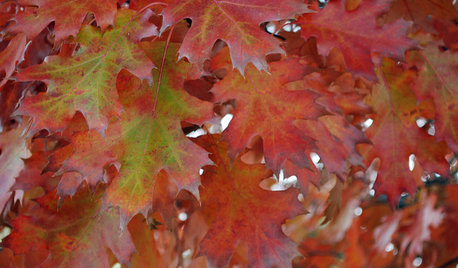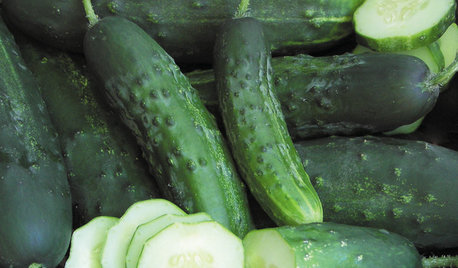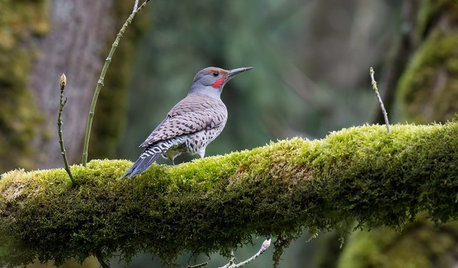Yellow spots on leaves of otherwise healthy cucumber
viktoria5
13 years ago
Featured Answer
Comments (14)
alisande
13 years agoRelated Professionals
Glassmanor Landscape Architects & Landscape Designers · Surprise Landscape Contractors · Berkley Landscape Contractors · Englewood Landscape Contractors · Little Ferry Landscape Contractors · Lyndhurst Landscape Contractors · Middletown Landscape Contractors · Munster Landscape Contractors · National City Landscape Contractors · New Baltimore Landscape Contractors · Sugar Hill Landscape Contractors · Lauderdale Lakes Landscape Contractors · Golden Valley Landscape Contractors · Leesburg Driveway Installation & Maintenance · Raynham Driveway Installation & Maintenancealisande
13 years agomjmarco
13 years agoviktoria5
13 years agomjmarco
13 years agoviktoria5
13 years agomjmarco
13 years agoviktoria5
13 years agoviktoria5
13 years agojerryhammonds01_aol_com
12 years agojerryhammonds01_aol_com
12 years agoLaura McCarthy
8 years agoctssigns
7 years agolast modified: 7 years ago
Related Stories

GARDENING GUIDES6 Healthy Ways to Handle Fallen Leaves
Once nature's beautiful bounty is spent, these ecofriendly strategies for leaves will put your yard in the clear
Full Story
GARDENING GUIDESHow to Fix Bare and Yellow Lawn Spots
Restore your turf’s good looks by reseeding unsightly patches
Full Story
SUMMER FRUITS AND VEGETABLESSummer Crops: How to Grow Cucumbers
Pick a peck for pickles or opt for fewer and raw — no matter how you slice them, cucumbers are great for summer gardens small to large
Full Story
HOUSEPLANTS8 Essentials for Healthy Indoor Plants
Houseplants add so much to our homes — and can thrive when grown in the right conditions. Keep these tips in mind
Full Story
GARDENING GUIDESHow to Keep Your Citrus Trees Well Fed and Healthy
Ripe for some citrus fertilizer know-how? This mini guide will help your lemon, orange and grapefruit trees flourish
Full Story
PETS10 Tips for Keeping Indoor Cats Healthy and Happy
It's National Cat Day: Ask not what your cat can do for you (because it will ignore you) but what you can do for your cat
Full Story
DECLUTTERINGDownsizing Help: Choosing What Furniture to Leave Behind
What to take, what to buy, how to make your favorite furniture fit ... get some answers from a homeowner who scaled way down
Full Story
FALL GARDENING5 Ways to Put Fall Leaves to Work in Your Garden
Improve your soil and yard the organic way with a valuable garden booster that grows on trees
Full Story
GARDENING GUIDESBackyard Birds: Healthy Home Habitats for Northern Flickers
These colorful woodpeckers found across the U.S. and Canada love berries, seeds and ants and often nest in deep burrows in trees
Full Story
HEALTHY HOME12 Ways to Set Up Your Kitchen for Healthy Eating
Making smart food choices is easier when your kitchen is part of your support team
Full StoryMore Discussions







viktoria5Original Author